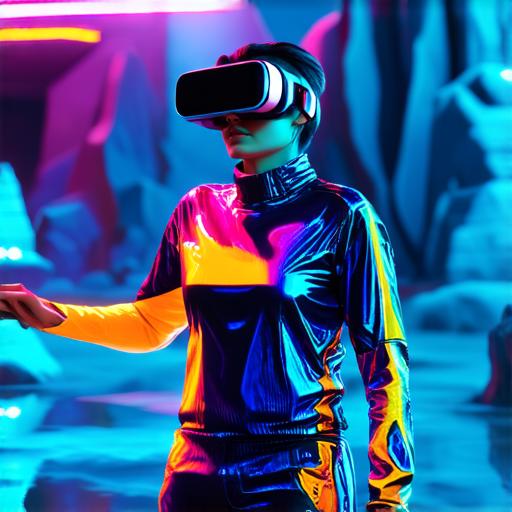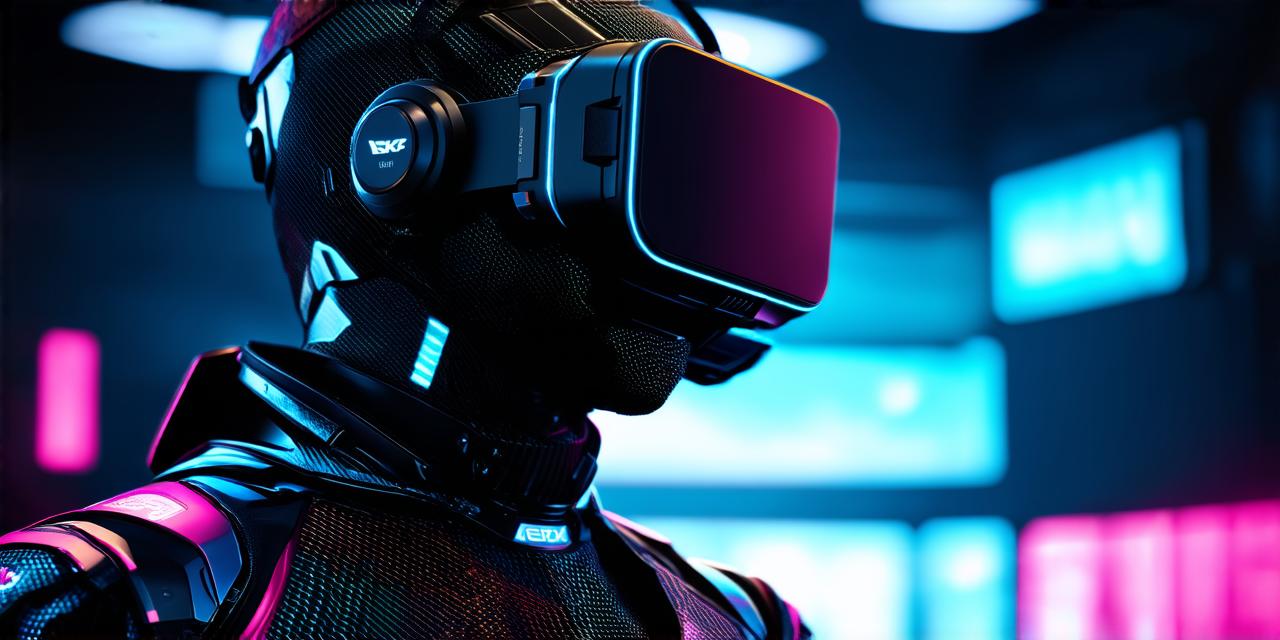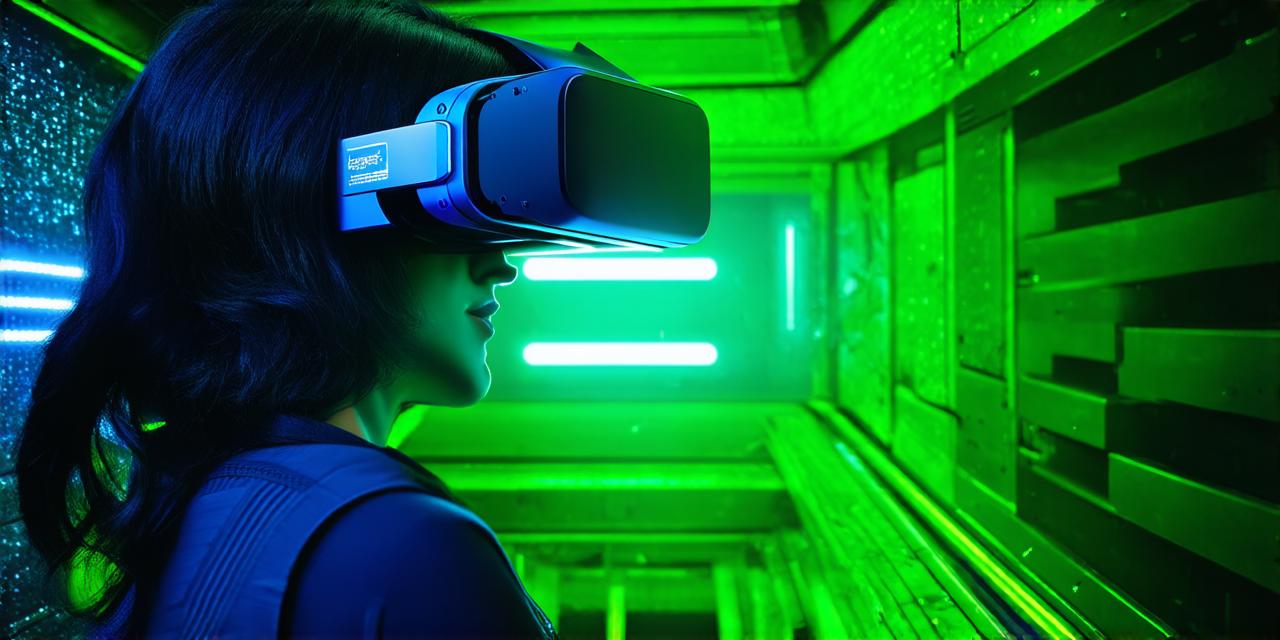Welcome to the fascinating realm of Virtual Reality (VR), a technology that has revolutionized the way we interact with digital content.
Understanding Virtual Reality
Virtual Reality is a simulated experience that can be similar to or completely different from the real world. It uses computer-generated environments and human interface devices such as headsets, gloves, and controllers to create an immersive, interactive experience.
Immersive Environments

Exploring New Worlds
One of the most exciting aspects of VR is the ability to explore new worlds, real or imagined. From walking on the moon in a historical simulation to journeying through fantastical landscapes in a video game, VR offers limitless possibilities for exploration.
Interactive Learning
VR also provides an innovative platform for learning. It allows users to interact with complex concepts in a more engaging and intuitive way. For example, medical students can practice surgeries in a risk-free environment, or architects can visualize their designs in a realistic 3D space.
Social Interaction
Virtual Reality isn’t just about individual experiences; it also offers opportunities for social interaction. VR platforms enable users to meet and interact with others from around the world in shared virtual spaces. This can range from collaborative workspaces to social gatherings, even concerts and sporting events.
Personalized Experiences
One of the key advantages of VR is its ability to provide personalized experiences. With advanced algorithms and machine learning, VR systems can adapt to individual preferences, creating a unique experience for each user.
Exploring the Senses
Visual Experience
The visual aspect of VR is perhaps the most immediately striking. High-resolution graphics and 3D environments create an incredibly realistic and immersive experience.
Audio Experience
VR also focuses on providing a rich audio experience, often using spatial audio to create a sense of depth and location. This can greatly enhance the overall immersion and realism of the virtual environment.
Haptic Feedback
Haptic feedback, or tactile feedback, is another important aspect of VR. This can range from subtle vibrations to more complex forces that simulate physical interactions within the virtual world.
Summary
Virtual Reality is a rapidly evolving technology with immense potential. It offers a unique and immersive way to explore new worlds, learn, interact socially, and even redefine our understanding of reality itself. As VR continues to advance, we can expect even more exciting experiences in the future.



